What would it take for you to look forward to writing and sending your artist newsletter?
I know that “newsletter” might sound onerous because you might get tripped up thinking that you must have significant news in order to begin.
If that’s the case, don’t call it a newsletter. Referring to it as “just” an email might help you overcome a hurdle.
Whatever you call it, you should remember Why you are doing it. (And because I have to call it something, I’ll use “newsletter” in this article.)
Writing a newsletter is a privilege—an opportunity for you to connect with the very people who have signed up and asked to hear from you.
Maybe you’re just not feeling your Why. The fact that you have a list of people waiting to hear from you is not motivating you to take action. 🤔 Well … er … um … Okay. I’ll play along.
But maybe there’s another reason you aren’t sending that email.
Why You Might Be Stuck
If you’ve had Write Newsletter on your task list for too long, it might be because you haven’t identified the individual components that are required for the process to be successful. And identifying each step of the process can make it more manageable.
Producing an artist newsletter is a project that consists of multiple tasks in order to complete. Writing is only one part of the newsletter process, and even the writing can be broken down into multiple stages.
You will always get stuck when you see a project on your to-do list rather than single tasks.
For more than 16 years I published a weekly newsletter without skipping a single issue for any reason. We’ve had the current system (of multiple tasks) in place for many years, so it’s a well-greased machine.
I thought hearing about how we’ve made it work at Art Biz Success might help you create a blueprint for your own newsletter process. Here goes.
The Steps for Producing a Newsletter
Here are the basic steps. Please adjust them based on the frequency of your missives and see sections below for more details.
- Dedicate a place for storing and adding to content ideas. This is something you’ll use as you go through your day and think of things. A digital system is preferred so you can edit quickly and search your data bank.
- Decide on your publishing calendar and what will be in the next issue.
- Block out time for writing and rewriting. Allow plenty of time after your draft for revisiting it—at least 24 hours.
- Send your artist newsletter draft to someone else to proofread it.
- Design the newsletter and send a test to yourself and your proofreader before scheduling it.
- Be available immediately after the newsletter is sent.
- Pull items from your newsletter to share to social media if you haven’t already shared them (or if it’s been awhile since you shared them previously).
Stay top of mind
with your newsletter
Capturing Ideas for Your Newsletter
The main part of my newsletter is for delivering content I have created on the blog or in a podcast or video.
These days I am also including curated selections based on art news, books, and/or videos.
I store my original content ideas in Notion in a database titled “Incubating Ideas.” (Affiliate link) I used to use Evernote, which is also an excellent choice for this purpose.
My article and video ideas often come from member and client questions. If you’re asking it, the chances are good that other artists are trying to find an answer to the same predicament.
My curated content is stored on a private Pinterest board—easy to add to on the fly.
With the ideas stored in just 2 places, I can quickly review them. In the Notion app, I begin my writing—capturing links, reference sources, quotes, images, and more. This allows me to build content over time so that week-of publishing goes a lot more smoothly.
Sitting Down to Write
I write a draft of the main article the week before its publication date. This is based on the notes that I’ve created and updated in my digital storage.
Update 2024: Nope. I rarely write the text prior to the day before it’s being sent. This is because of my new format. The related blog post, podcast, or video is written much earlier, but the newsletter is a highlight of the content I have created for a different format. There is no need to write it a week before.
Sitting down to write is the hardest part. There are so many distractions that compete for my attention: Instagram, my YouTube channel, email, task list, addictive cat videos. You know.
For this reason, I set clear boundaries. I say to myself, I am sitting down to write my newsletter. Literally. “I am sitting down to write my newsletter.”
This might seem silly to you, but it’s a powerful exercise to name the task before you begin.
I cannot write to anything that has a rhythm or lyrics that I recognize. Some people aren’t bothered by those things, but they wreck my focus. I like tuning in to the Coffitivity app, which is—I kid you not—sounds of a coffee shop. Yes! There really is an app for everything. You can even choose the type and location of the coffee shop.
As I write this article I am listening to the Spa channel on Apple Music. I also love white noise, such as Hemi-Sync sounds to help with concentration. (Thanks, Cynthia!)
Writing Process
I never (okay, rarely) write the draft and edit it on the same day. This is what my ideal process looks like, which, again, ideally, takes no more than 2 hours total.
- Step 1: Decide on what will be included—pulling from notes in Notion and curated content in Pinterest. Remember that some of the content will have already been published along with a podcast episode, blog post, or video.
- Step 2: Begin draft directly in the email marketing platform. Grab saved images from our Dropbox folder. After more than 2 decades of doing this, it is easier for me to design a newsletter visually rather than to write out the text and place it later. (Note to self: I need to do a better job of capturing everything I send so that I have a record of it in Notion.)
- Step 3: Fiddle around with writing, headlines, and image placement for awhile.
Proofing & Sending Your Newsletter
When everything is ready, I review it once more and send myself a test. When it looks okay to me, I send a test to a team member.
She tests all links and gives me the 👍 or offers suggestions for improvement.
It’s my responsibility to make sure all names are spelled correctly and that everything looks right and works properly. Same for you. Your newsletter is ultimately your responsibility—regardless of how many people might be helping publish it. When it all looks to be in order, you can schedule or send it.
I urge you to keep an eye on your inbox immediately after you send your newsletter. If something unexpected happens, you can send a correction or redirect traffic before most people open the message. Even better, you can start processing all of those sales!
This post was originally published on September 10, 2015 and again on January 10, 2019. It has been updated and republished with comments intact.

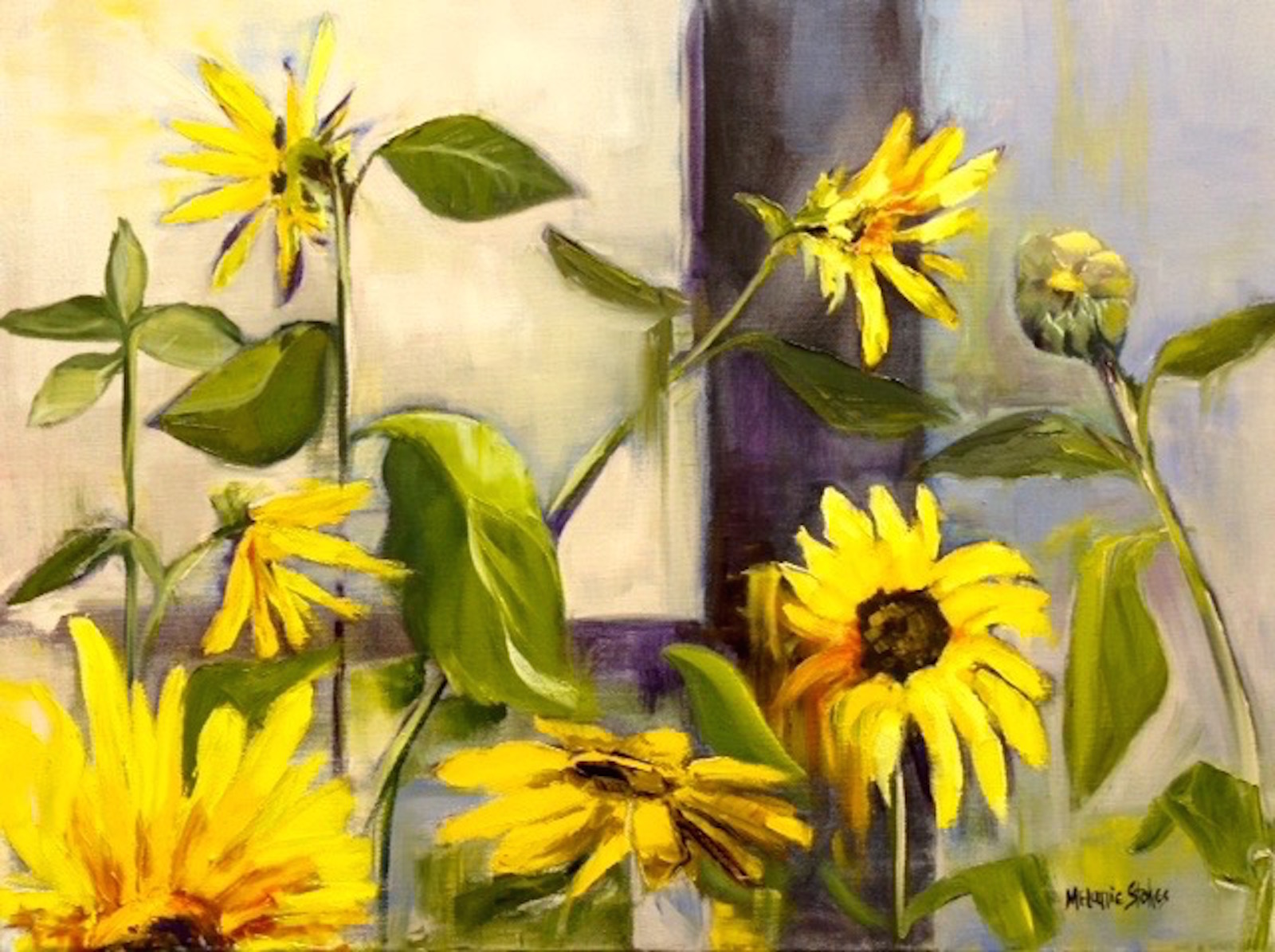
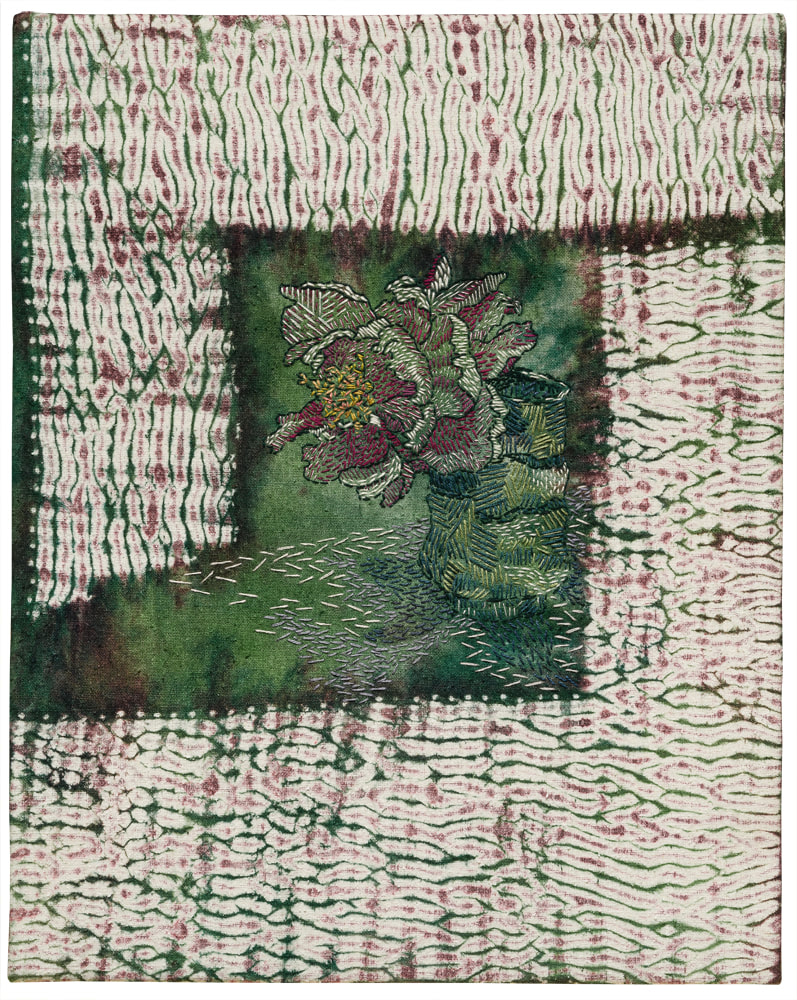
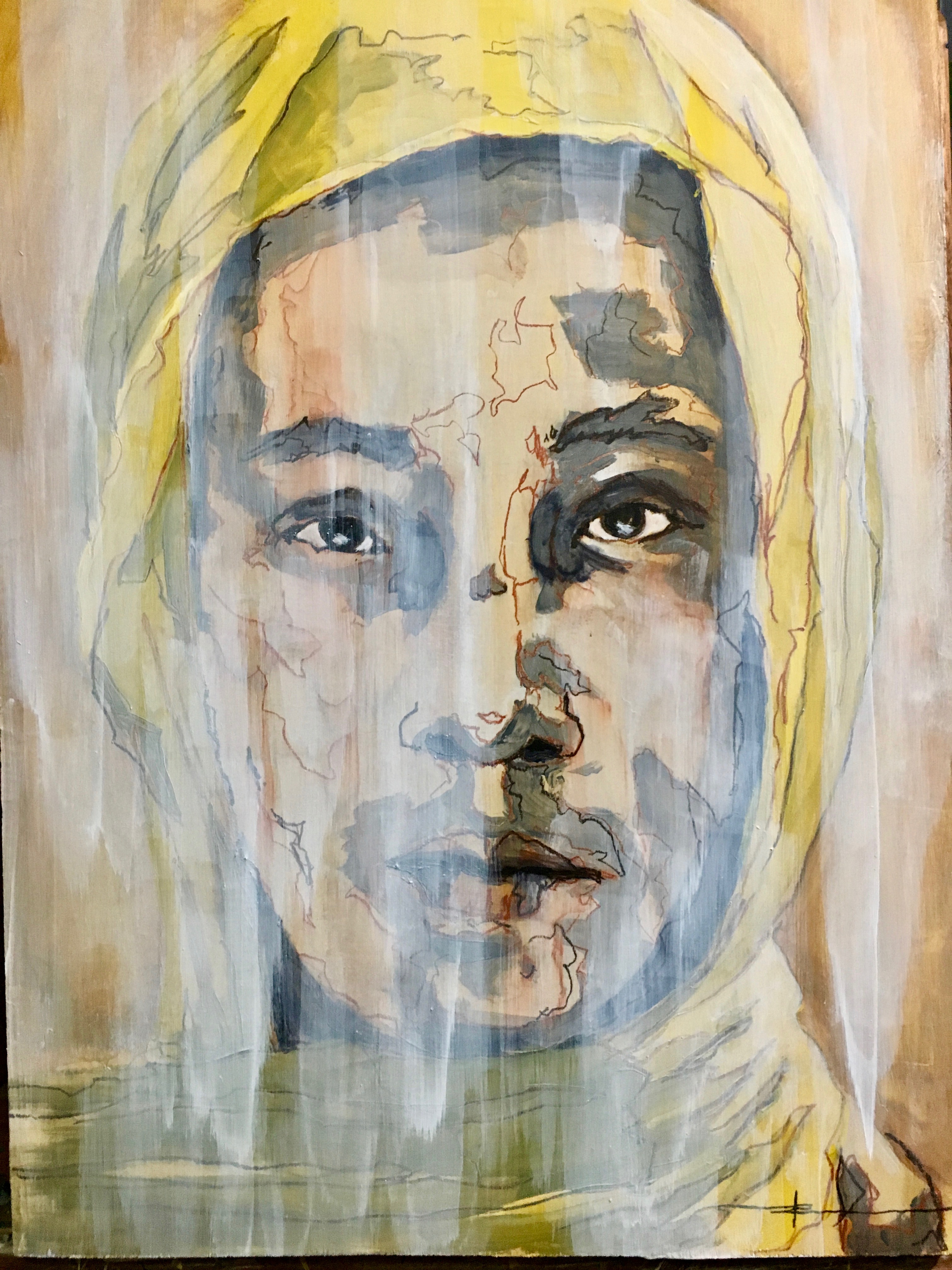
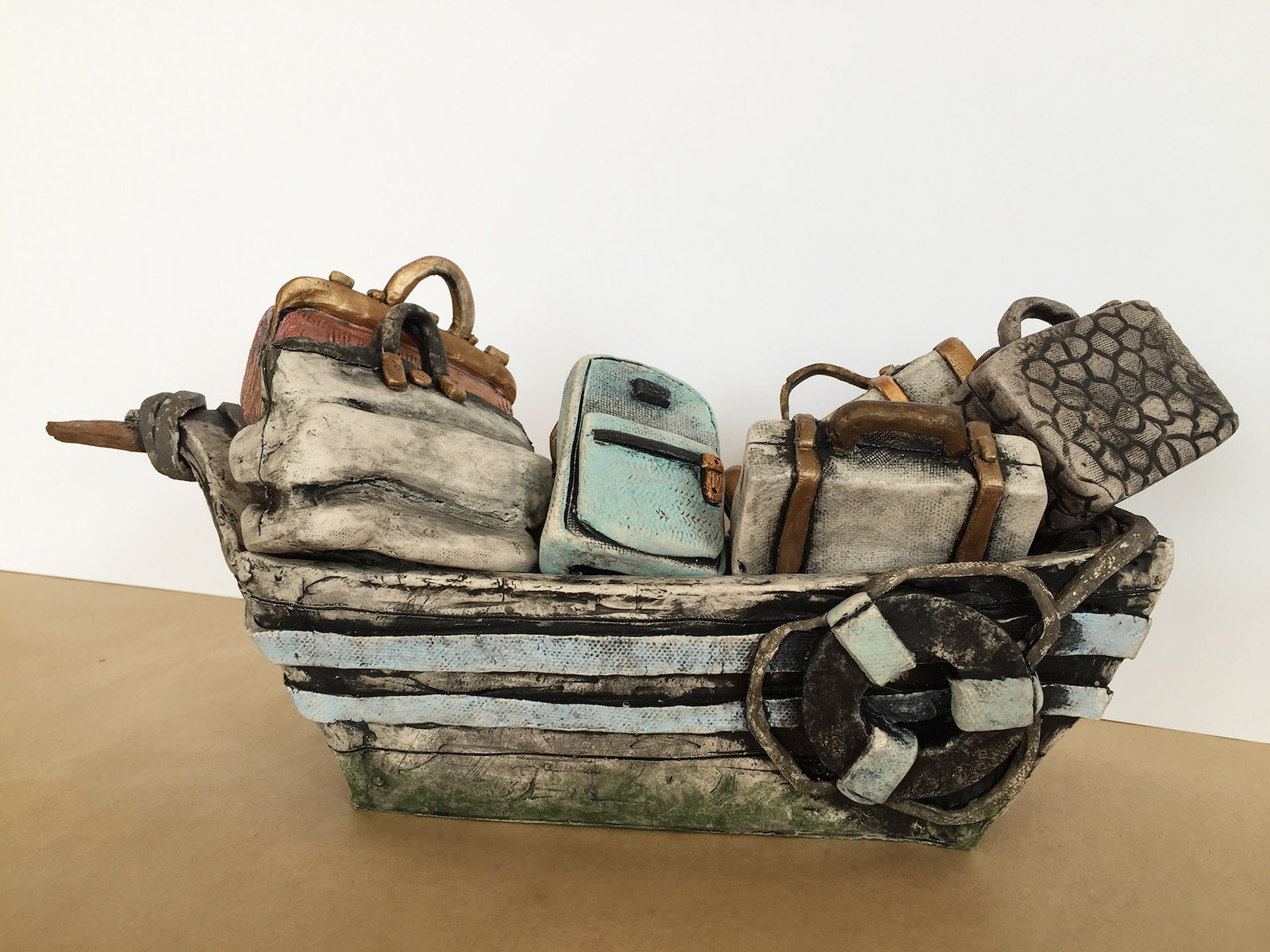
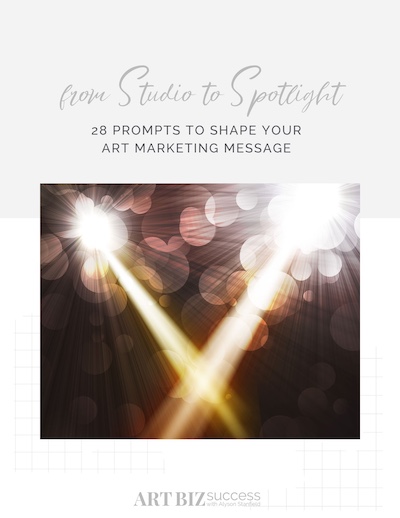

35 thoughts on “A Blueprint for Producing Your Artist Newsletter”
My process looks complicated but it is not. I have several specific deadlines, including one that says themes must be named three months in advance. Yes, these might change, but at least there is something planned.
Based on what I learned in Creative Content Camp, I am writing three or four articles at the same time. Obviously in various stages. I have deadlines for choosing accompanying images and uploading them. I have proofing deadlines, though I admit to doing my own proofing (keep in mind I am dyslexic, lol).
By having a sort of ongoing production line I have been able to keep my monthly publishing schedule for several months, now.
Good work, Patricia!
I write and schedule all my weekly newsletters (currently 2, used to be 3) on the same day. It’s the only major task for that day.
Holy cats. 2 different newsletters/week? That’s a lot! Good on you for sticking with it, Linda.
I write my newsletter out long hand in a quiet place, at least the narrative part, because my brain is still more connected to a pencil than a keyboard. Then I type it out later which makes that it much easier.
I have to confess I only write a monthly newsletter and often leave it til the last minute.
Sorry Alyson, have I learnt nothing !
Mary
Mary: You don’t need to apologize to me. Ever.
I sometimes make notes longhand, but I can no longer write longhand. It’s not fast enough for me. I wish I could.
I write my newsletter. Read it and decide I don’t like it. Let it sit a couple of days and re-write. Decide I don’t like that either. Wait for better news and more inspired content. Find that neither arrives. Go back to the newsletter by now feeling disgusted that I’ve missed my deadline by a mile. Try to figure out what might interest my readers and collectors. Think too much. Convince myself that no newsletter is better than a dull one and abandon the attempt altogether. Try again 2 months down the road.
Definitely need to fix this scenario. I’m working on that blueprint!
Theresa: Oh, boy, that’s discouraging. Try working on an editorial calendar with a bunch of ideas lined up.
Great suggestion Alyson! Thanks.Perfect or not I went back to my newsletter draft, finished it and hit send!
I send my newsletter quarterly because it’s the schedule I know I can keep to although occasionally I send out extra bulletins if I have an offer or an event to announce. Mailchimp tells me I have a higher than average open rate and I have very few unsubscribes. I do the work over a few weeks to write, edit, layout and link the content. I try to give each one an overall theme and as often as possible include a freebie exclusive to subscribers.
Sounds like a great plan that works for you, Cherry. Keep up the good work.
I started my newsletter in July while taking Content Creation Camp, and I consider it a major accomplishment of 2015. In my editorial calendar I have possible topics listed for each month, based on scheduled events and travel, but also holidays and seasons that I can “attach” to my art, or feature the art of others. About a week ahead, if possible, I know what images I want to use so I make a template with the images and plan the format. In the text boxes I just write something like “Here’s where I’m going to write about my trip to Albuquerque”, or even just some nonsense phrase to hold the space. Then over the next few days (evenings, really) I write the content based on the images. It takes me awhile; I’m not a fast writer and I’ve been surprised by how very much editing I do. When I think I’m finished I send a preview to a couple of trusted friends/good writers for proofreading. Thank you, Alyson, for the motivation to take this step! The response has been gratifying!
Way to go, Cynthia! I love that you have a practice of this – that you don’t rush it, but take it seriously.
Wow Cynthia, I love this!
My schedule is a monthly newsletter, with an added solo emails for timely things, like launches.
I use Google Docs to compose my intro draft.
I have a template in Mailchimp with all the different sections (featured blog post, more from the blog, featured art & client projects) to fill in.
The features are just copied & shortened from my website, so the intro and closing paragraphs are the only text I need to think about.
I add all the images, add a call to action (if any) and schedule the campaign.
I don’t have a dedicated editorial calendar, as the newsletter is basically the extension of my blog.
What’s your timeline like, Nela?
I write my newsletter faithfully every month – fourth year anniversary coming up – love using Evernote to capture ideas all month and I have a basic template style in Word that I fill in every month .. then I transfer it over to a pdf file with hyperlinks embedded and it’s ready to go .. for the last 2 years I’ve uploaded it via a link in a Mailchimp email which has worked fine … but I am super excited to have discovered this free site publitas.com that will transfer the pdf into a nice online shiny magazine format complete with flippy pages and all the hyperlinks embedded .. can’t wait for our January newsletter now to send it out to everyone – think it makes the newsletter look more professional and polished which can only be a good thing
Here’s a link to my December newsletter so that you can have a look – I write it every month sharing what art I have done and what photography my husband has done .. and we always add links to other sites and artists too:
https://view.publitas.com/alyson-dave-sheldrake/art-and-photography-in-the-algarve-december-2015/
Wow, that flip book pulitas, Alyson, looks interesting. Is it search-engine friendly? What does it look like on a phone?
I have been writing my art newsletters since about 1998, about two years after I started using the Internet to sell and show my art. I can say that the more you write, as well as the more you understand what it is you want to accomplish with your art, the easier it all gets.
That being said, I usually spend at least three days JUST creating the newsletter. Thanks to Mailchimp (sadly, I refused to use for years because I worried about protecting the privacy of my subscribers), publishing is easier and fast.
I try to write about subjects that are not just about me. Obviously, I am connected to those subjects by interest, but I do not want a newsletter that just says, “here is my new work, please buy it.”
I always work on the images first. Depending on the topic, that takes a great deal of time…I take lots of images all the time . . . of almost everything. Editing and then formatting takes me a long time. I am also slow and sadly, easily distracted, and getting worse with age.
While going through the images, the theme of the text emerges. Also, I know what art I will introduce in each newsletter, although I change the focus depending on news items that come in time to include them. I try to connect them. Sometimes, I set projects aside to focus on a project that is connected to my art newsletter topic.
I write my text in Word and then create the Web page for it. The newsletter that subscribers get (through Mailchimp) is often truncated with links encouraging my readers to visit the Web page version. This is because my newsletters are image-heavy. I am telling stories after all. I want my illustrations!
Because I am so slow, I tend to edit myself as I go along. I should get an editor, but I cannot seem to really want one. However, I view my newsletter in several different formats along the process and it is not unlike holding your painting in front of the mirror to evaluate the shapes in reverse to check your design.
I later use the newsletter content in one or more blog posts at least a day later. I do this because I know that there is some overlap in subscribers, but mostly as a marketing tool to get more mileage out of my writings and images.
Also, my blog posts are set up to automatically post to my Facebook pages (business and personal), Twitter, and LinkedIn (the latter two I am hardly active with other than this). So, by publishing my blog entries on different days and different times of days, I hope to increase my audience.
Also, as Alyson does, sometimes I will find ways to link from one newsletter to another. Most of my newsletters stay on my site permanently. They continue to find readers who never knew they were looking for me . . . all because I wrote about a topic of interest to them. Now, off to publish another in a few hours. Thank you for this post!
You read my mind with this article today! I took the creative content class last year and am brushing up on it right now to find more inspiration for the new year. Thanks for keeping me on task! 🙂
Lea: Love hearing that!
I send monthly newsletters plus several invitations per year. Although I occasionally jot down content ideas, the emails are usually driven by what’s happening at the moment. It might be new work I’m pumped about, or acceptance into a juried show. I use my blog for longer content that gives insight into my thinking or my process, and there’s always a link to my latest posts from my newsletter. Monthly is doable for me. Have been pretty consistent for almost five years.
Good job, Laura.
Pingback: Back to Normal | Elizabeth Fram
I have been producing newsletters for more than 10-years, so I have a pretty well-established format.
Each one I do is written on an ongoing basis. Since they are targeted mostly to a photography audience I select items of interest and place them in a folder. Two or three days prior to publication I create the actual newsletter.
Doing it this way helps me keep the focus and maintain schedules. When I am actually laying out the newsletter I open the appropriate folder and select relevant items. At that time I merely cut-and-paste, edit, and edit again, and send.
Do you use email folders for this, Tim?
My ‘blueprint’ is much the same. I don’t keep an ideas space and realise that that is a brilliant idea, Alyson. You are so right about being available immediately after you publish just in case something goes wrong! I thought I’d share my experience with you: I had made a short video of me laying down some goldleaf and decided to include this in my newsletter. What I didn’t realise was that The Beatles White Album was playing away very quietly – hardly audible- in the background. I loaded the video to YouTube and checked that it played ok. Then I published the newsletter. Within seconds I had a response from a friend who lives abroad saying that it was a pity he couldn’t see my video – suggesting that it was due to prohibition viewing in a different region. Sounded plausible. However, I immediately went back to check. In that very short time, and I really mean a few minutes, YouTube had blocked my video because it had detected a copyright breach – my playing The Beatles!! You won’t believe how fast my reaction time was… I can’t believe it myself because I wasn’t so familiar with the workings of You Tube at the time. Adrenalin rush and I quickly discovered how to remove the background sound and replace it with some free music provided by YouTube. All this happened in less than five minutes. As it turned out I got an amazing response to that newsletter because people really enjoyed seeing my process. All’s well that ends well. If anyone’s curious – https://youtu.be/J1TErx_n1HM
Whoa. That’s quite a story, Mary! I never would have thought about it. You did a great job fixing it quickly.
I send out a monthly art newsletter and sometimes an additional one if something new and exciting is happening. I must confess I’m not as much of a planner as most of you. I usually write my newsletter in a day and send it several days later. Fine Art STudios Online, where I have my website, has newsletter templates so I write my newsletter there, add my new art which is right there on my site, and it’s sent to all my subscribers by FASO when I schedule it. I don’t have a specific day each month when I send it… maybe I should. I just get one out every month.
I’ve loved reading everyone’s process for newsletters – thank you!
I use an electronic task list called THINGS and have a Newsletter input task for each month. I add ideas or items I’d like to include in my monthly newsletter onto the list for each month. I generally start writing the content straight into CONVERTKIT my newsletter/subscriber program. I can see it nicely laid out and can send myself as many tests as I like. I always send it to be proofread as their is inevitably a few errors.
I work hard on the subject lines, as CONVERTKIT has A/B testing which means I have two subject lines for the same newsletter and the system will send a few newsletters to both, the most opened email from A or B will be sent to the remaining subscribers.
I try and get my newsletter out by the 1st of the month or a few days after. Then send out extra news blasts for exhibition openings, events or product launches.
It was helpful reading everyone’s process. I finally sent out my first newsletter last week! It was such a big accomplishment for me. I’m starting out small- quarterly.
I think Alyson is correct that you have to pay attention to all the details—in your content and the technical side too. And her advice about how important newsletters and mailing lists are helped me get through all the bumps. In the end I realized that it takes practice like everything so just start doing it. It’ll get better.
Susan: Congratulations on getting out your first newsletter! You have a terrific attitude and will do well. I know.
Great ideas, all! Haven’t begun my newsletter yet, but when I do, this will be my go-by. Shared to a Weekly Goals Monday discussion on newsletters in https://www.facebook.com/groups/WomenInCreativeArtisticBusinesses/.
I’m going to check this out. Thanks for posting the link.
I’m the weirdo who actually enjoys creating my twice-monthly newsletter. I almost always have a new artwork or two to feature, so I write a short backstory about it, and always add a link to my website. This encourages me to keep my website up to date too. Depending on what’s happening, I include info about new exhibits, awards, media coverage, and addresses of galleries that show my work. And if it’s a slow news week, I have the Catty Corner where I include an image I’ve created of Ginsberg, my studio cat. I also publish “extras” for promoting special offers, like my current Italy Patronage Plan opportunity.
https://laurahuntart.com/pages/share-in-my-italy-adventure
Yes, there are times when I have to motivate myself to publish, but I see this as my direct communication with my “fan base” and I don’t want them to forget that I’m here. I hope Studio Insider is a bright spot in their inboxes.
Laura: That’s so great! I love that you enjoy it! Of course, I love Catty Corner. Purrfect.